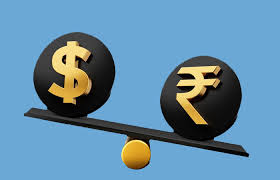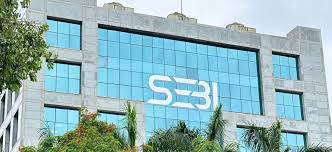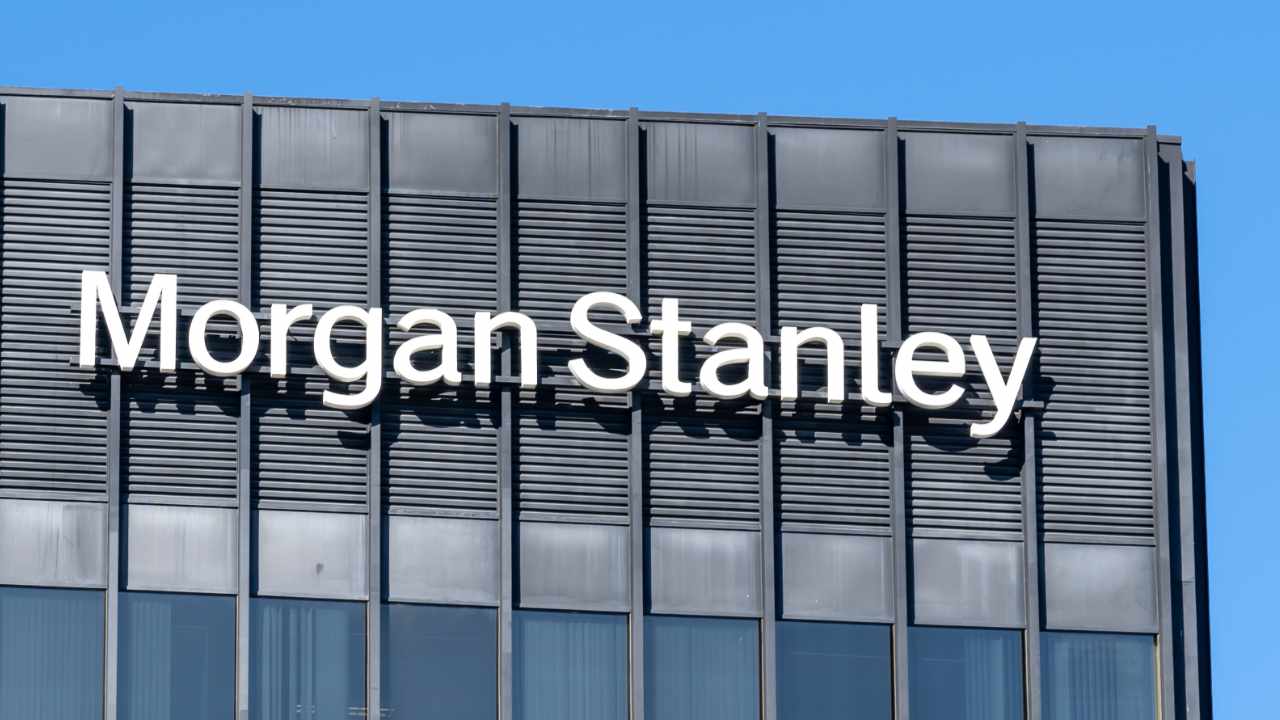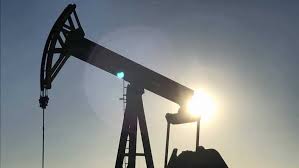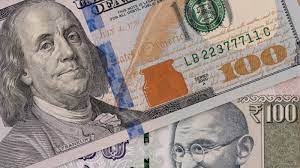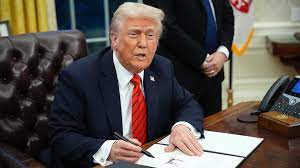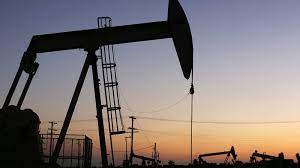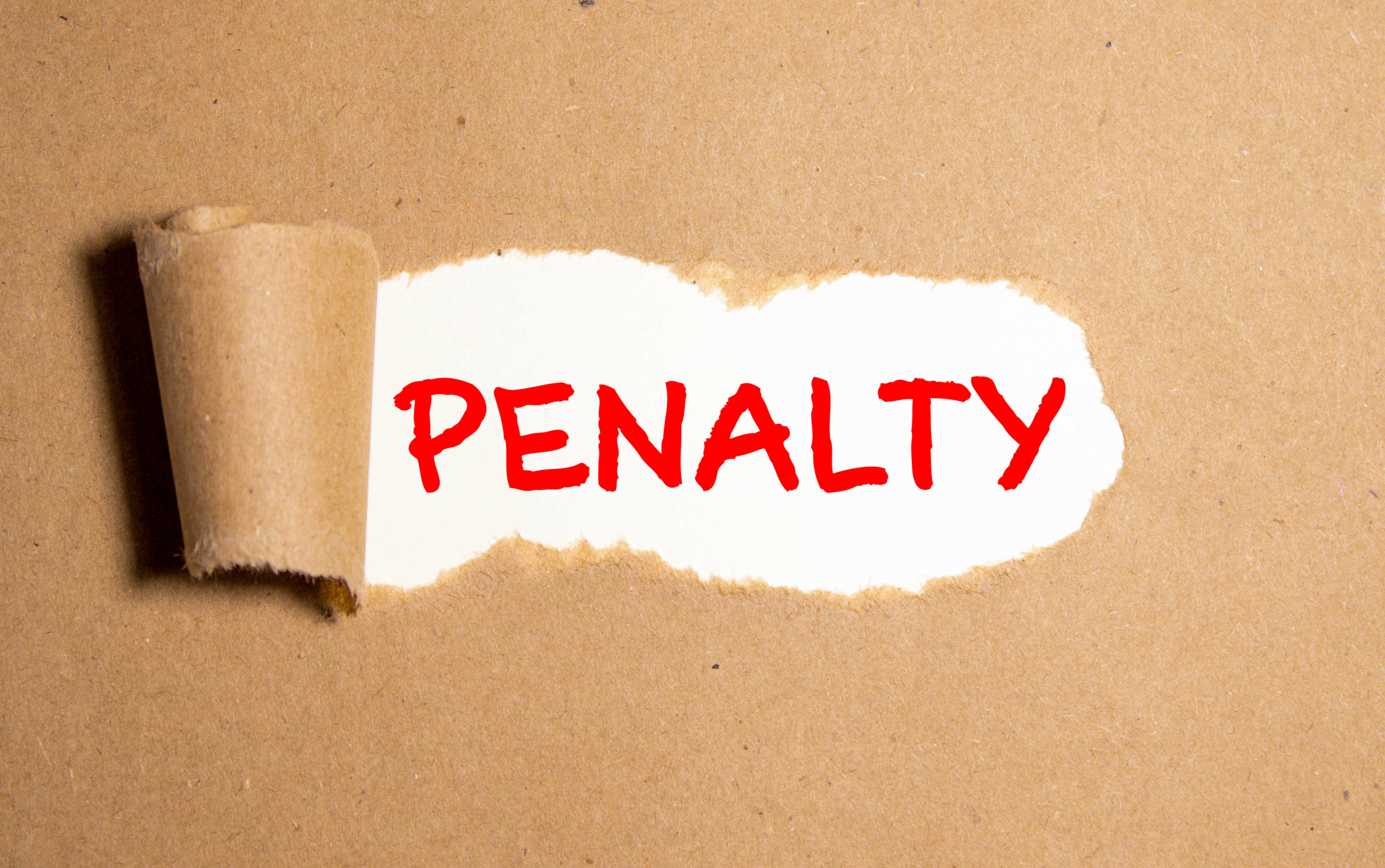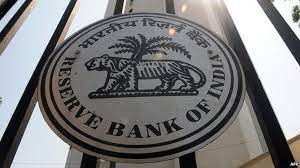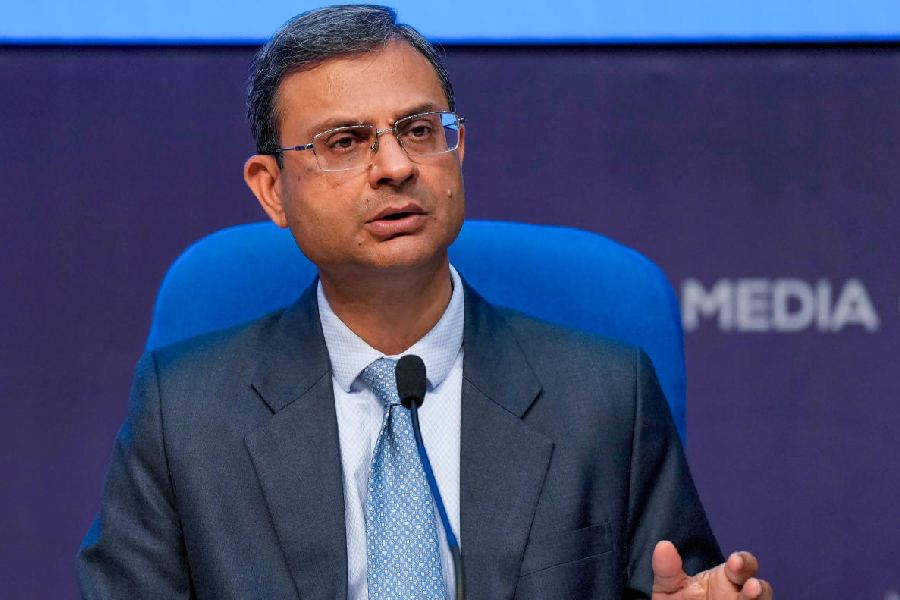RBI projects 7.8 pc GDP growth for 2022-23
Thu 10 Feb 2022, 12:56:10
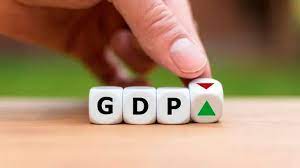
Mumbai: The Reserve Bank on Thursday pegged the economic growth rate for 2022-23 at 7.8 per cent, down from 9.2 per cent expected in 2021-22, in view of uncertainties on account of the pandemic and elevated global commodity prices.
The Reserve Bank's growth projection for next financial year is lower than 8-8.5 per cent projected by the Finance Ministry in the recent Economic Survey which was tabled in Parliament earlier in the month.
Unveiling the bi-monthly policy, RBI Governor Shaktikanta Das said, "recovery in domestic economic activity is yet to be broad-based, as private consumption and contact-intensive services remain below pre-pandemic levels."
He observed that the announcements in the Union Budget 2022-23 on boosting public infrastructure through enhanced capital expenditure are expected to augment growth and crowd in private investment through large multiplier effects.
"Global financial market volatility, elevated international commodity prices, especially crude oil, and continuing global supply-side disruptions pose downside risks to the outlook," he added.
Overall, he said, there is some loss of the momentum of near-term growth while global factors are turning adverse.
"Looking ahead, domestic growth drivers are gradually improving. Considering all these factors, real GDP growth is projected at 7.8 per cent for 2022-23 with Q1:2022-23 at 17.2 per cent; Q2 at 7.0 per cent; Q3 at 4.3 per cent; and Q4 at 4.5 per cent," he said.
The first advance estimates of national income released by the National Statistical Office (NSO) on January 7, 2022 placed India's real gross domestic product (GDP) growth at 9.2 per cent for 2021-22, surpassing its pre-pandemic (2019-20) level.
"All major components of GDP exceeded their 2019-20 levels, barring private consumption. In its January 31 release, the NSO revised real GDP growth for 2020-21 to (-) 6.6 per cent from the provisional estimates of (-) 7.3 per cent," he said.
Available high frequency indicators suggest some weakening of demand in January 2022 reflecting the drag on contact-intensive services from the fast spread of the Omicron variant of coronavirus in the country, he said.
Rural demand indicators two-wheeler and tractor sales contracted in December-January, he said, adding, area sown
under Rabi crops up to February 4, 2022 was higher by 1.5 per cent over the previous year.
under Rabi crops up to February 4, 2022 was higher by 1.5 per cent over the previous year.
Amongst the urban demand indicators, he said, consumer durables and passenger vehicle sales contracted in November-December on account of supply constraints while domestic air traffic weakened in January under the impact of Omicron.
Investment activity displayed a mixed picture while import of capital goods increased in December, production of capital goods declined on a year-on-year (y-o-y) basis in November.
Merchandise exports remained buoyant for the 11th successive month in January 2022; non-oil, non-gold imports also continued to expand on the back of domestic demand.
The bi-monthly policy comes against the backdrop of the Budget presented earlier this month estimating a nominal GDP of 11.1 per cent for 2022-23. The Economic Survey pegs economic growth at 8-8.5 per cent for next financial year.
The government expects this growth to be fuelled by a massive capital spending programme outlined in the Budget with a view to making crowd in private investment by reinvigorating economic activities and creating demand.
Finance Minister Nirmala Sitharaman raised capital expenditure (capex) by 35.4 per cent for 2022-23 to Rs 7.5 lakh crore to continue the public investment-led recovery of the pandemic-battered economy. The capex this year is pegged at Rs 5.5 lakh crore.
The spending on building multimodal logistics parks, metro systems, highways, and trains is expected to create demand for the private sector as all the projects are to be implemented through contractors.
With regard to borrowing, the government plans to borrow a record Rs 11.6 lakh crore from the market in 2022-23 to meet its expenditure requirement to prop up the economy. This is nearly Rs 2 lakh crore higher than the current year's Budget estimate of Rs 9.7 lakh crore.
Even the gross borrowing for the next financial year will be the highest-ever at Rs 14,95,000 crore as against Rs 12,05,500 crore Budget Estimate (BE) for 2021-22.
Fiscal deficit -- the excess of government expenditure over its revenues -- is estimated to come down to 6.4 per cent of GDP next year as against 6.9 per cent pegged for the current fiscal year ending March 31.
No Comments For This Post, Be first to write a Comment.
Most viewed from Business
AIMIM News
Delhi Assembly polls: Owaisi leads Padyatra in Okhla
Feb 01, 2025
We reject this Waqf Amendment Bill: Asaduddin Owaisi
Jan 30, 2025
Latest Urdu News
Most Viewed
May 26, 2020
Do you think Canada-India relations will improve under New PM Mark Carney?
Latest Videos View All
Like Us
Home
About Us
Advertise With Us
All Polls
Epaper Archives
Privacy Policy
Contact Us
Download Etemaad App
© 2025 Etemaad Daily News, All Rights Reserved.


